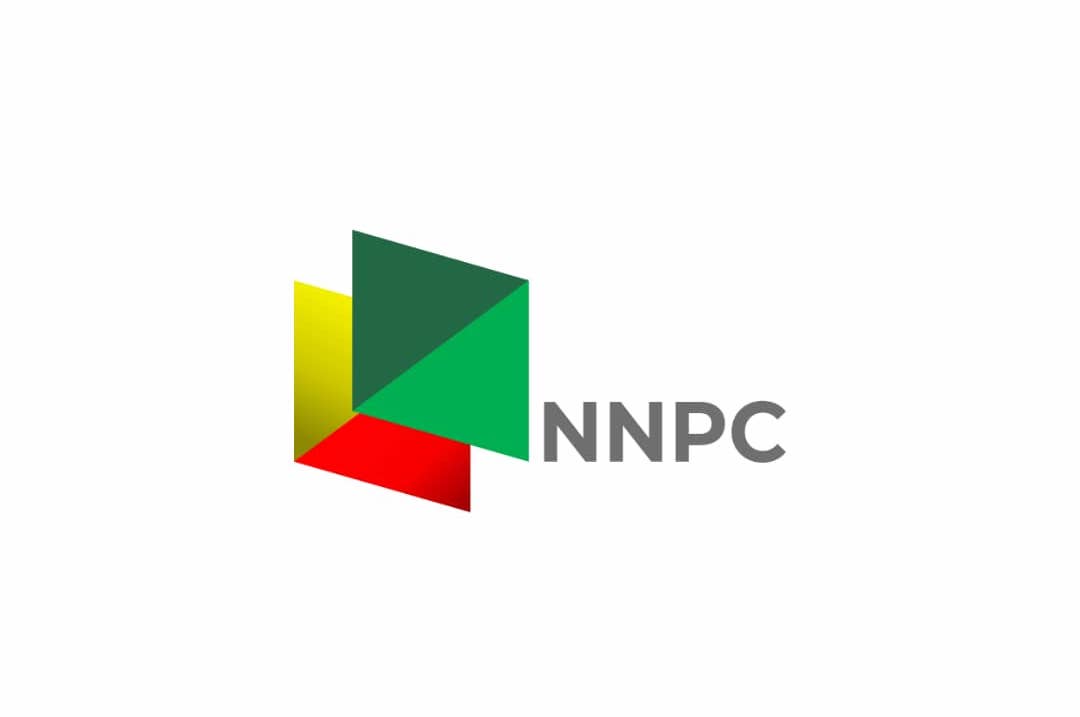By Jeremy Rifkin
Unlike physical goods produced by global companies and subject to tariffs in world trade, high tech SMEs utilizing 3D printing/additive manufacturing technologies can share digital software files for their product lines with local distributors at near zero marginal cost around the world who can then print out the items and deliver them to consumers without paying tariffs. And that changes everything.
On April 2nd, the US Treasury Secretary Scott Bessent will announce that the Trump administration will issue a reciprocal tariff “number” to various nations that the US argues “represents their tariffs” obligation, in what’s shaping up as the great geopolitical tariff war of the 21st century. This initiative will ultimately fail in light of a bold new technological revolution entering onto the world stage that’s changing the very nature of commerce and trade.
While nations around the world are fighting with one another in a vicious geopolitical tariff war which threatens to pull the global economy apart in real time, a game-changing Third Industrial Revolution is quickly moving onto the global stage, making tariffs obsolete on a vast number of physical goods — with notable exceptions including fossil fuels, agricultural products, rare earth elements, and wood and stone products. It’s called additive 3D printing.
This Third Industrial Revolution platform is upending two centuries of “subtractive manufacturing” which went hand-in-hand with the first and second industrial revolutions of the 19th and 20th centuries and replacing it with “additive manufacturing” in the 21st century and, by doing so, neutering the geopolitical era.
Companies around the world are bypassing tariffs by shipping digital software files of 3D printed products at near zero marginal cost to vendors who then print out and distribute the smart products to clients and customers. Unlike physical goods, the transfer of digital software files used in additive manufacturing are not subject to tariffs. This shifts the zeitgeist from the “seller-buyer markets” of the first and second industrial revolutions to the “provider-user networks” of the emerging Third Industrial Revolution, and adds an additional dimension alongside conventional port operations.
Establishing smart AI-directed additive manufacturing facilities at ports to pour out 3D printed goods for transfer to truck and rail delivery would provide an additional time savings element to move products quickly to end users.
The economic implications are enormous and far reaching. In 2024, the global logistics cost of cargo transport via ocean, air, and land was estimated to be $12.8 trillion dollars, or 11.6% of the $110 trillion dollar GDP that year. On the upside, partially avoiding ocean, air, and land logistics that go hand-in-hand with the movement of physical products all around the world means dramatically reducing the cost of doing business as well as the price attached to the sale of goods and services for much of the human family across every continent.
Then too, there is the time element to consider. Deloitte reported that during the COVID-19 pandemic companies using 3D printing were able to “reduce lead times by a stunning 70% compared to those relying on traditional supply chains” in customizing and delivering product lines to clients and customers.
Of equal importance, “streamlining the ports” and reducing the cost of ocean, air, and land freight logistics infrastructure and accompanying warehouses and port facilities eliminates as much as 11% of greenhouse gas emissions.
Then too, a warming global climate emerging from the emission of fossil fuels has triggered a rewilding of the hydrosphere with devastating spring floods, unprecedented summer droughts, heatwaves and wildfires, and catastrophic fall hurricanes and typhoons, crippling ocean, air, and land traffic all over the world and undermining logistics and supply chains at an ever increasing pace, stranding world trade and endangering our human family.
The first and second industrial revolutions of the 19th and 20th century were based on subtractive manufacturing models. Subtractive manufacturing shaves material to create the final products resulting in considerable waste and a high entropy bill in the production process. The additive manufacturing technology of the Third Industrial Revolution pours out products layer by layer, creating objects with near zero-waste.
For example, the 3D printing of a house begins with a computer program that develops a digital model of the building. The 3D printer is a robot that uses a feedstock, such as: clay, sand, limestone, metakaolin, cellulose, and recycled construction waste. The 3D printer then prints out layers arranged in rows designated by the software, pouring out the entire structure in as little as 24 hours.
Consider the Italian architect Mario Cucinella who poured out the first clay house sourced entirely from locally available clay soils using 3D printing. The eco-sustainable structure was poured by the printer in 200 hours, with little waste or scraps generated in the construction. Cucinella said that what motivated the firm was “the need for sustainable homes. . . and the great global issue of the housing emergency that will have to be faced – particularly in the context of the urgent crises generated, for example, by large migrations or natural disasters.”
No less important is the new commercial exchange model that goes hand-in-hand with the manufacturing and distribution of 3D printed goods. Cucinella can shift his business plan from a “seller-buyer market” to a “provider-user network” by uploading and instantaneously sending the software instructions by computer at “near” zero marginal cost to any part of the world, allowing developers onsite to print out buildings on a just-in-time and just-in-need basis and pay a license fee to the provider for each building downloaded.
Additive manufacturing in global provider-user networks comes with a plethora of additional advantages, including eliminating bloated inventories while continuously updating product lines. This is an example of the vast changes afloat as a fledgling Third Industrial Revolution makes possible a new economic exchange paradigm that takes the economy from globalization to glocalization.
While a growing number of Fortune 500 companies are pioneering the use of 3D printed technologies including Airbus, Siemens, Volkswagen, Boeing, Medtronic, General Electric, Caterpillar, and BASF, the technology favors high-tech small and medium-sized enterprises (SMEs) engaged in a rich latticework of economic exchanges across industries and continents, avoiding the steep cost of ocean, air, and land transportation and logistics and tariffs.
3D printed additive construction is scaling all over the world. For example, Dubai seeks to make 25% of its buildings 3D printed by 2030. Saudi Arabia has announced that it will inject $500 billion for planning and construction of 3D printed buildings from the Public Investment Fund of Saudi Arabia and international investors.
Wind turbines, solar panels, car parts, headphones, surgical instruments, architectural models, footwear, practical visual effects and costuming in films, instruments, art restoration, prosthetics, aerospace parts, emergency supplies, aligners and dentures in dentistry, and eyeglasses, are just a few of the many new product lines that are being fabricated with 3D printing technology.
High-tech SMEs pursuing additive 3D printed technologies fundamentally reduce their upfront research, procurement, and marketing costs of introducing incubator projects and start-up companies allowing them to quickly scale globally at near zero marginal cost and rewire at a moment’s notice while avoiding tariffs.
This gives SMEs a distinct advantage over the centralized, vertically integrated global companies that framed the First and Second Industrial Revolution.
The long and the short of it is that high-tech SMEs in a glocal economy are far more agile than giant global corporations and can adapt more quickly to changes brought on particularly by climate-related disruptions, especially as they affect supply and logistics chains.
Now, at the tail end of the Second Industrial Revolution, it’s important to note that 500 highly centralized global companies make up one-third of the GDP of the world with revenues exceeding over $41 trillion and an employment pool of less than 65 million workers out of a 3.5 billion-person planetary workforce. And while 44% of the human race today live below the poverty level with an average daily compensation of $6.85, the ten wealthiest individuals on Earth own $1.9 trillion in combined wealth.
With the fixed cost plummeting and the marginal cost falling in 3D printed product lines across many sectors of the economy, accompanied by the delivery of tariff-free software in provider-user networks around the world, it’s no surprise that high-tech SMEs are scaling.
In the European Union, SMEs already constitute 99.8% of all non-financial businesses, providing 65.2% of all employment in the non-financial business sector, and account for 52% of the total GDP. SMEs make up 99.9% of businesses in the United States, employ nearly half of the workforce and contribute 45% of the GDP.
Small and medium-sized enterprises make up roughly 90% of all businesses globally, and they contribute significantly to employment and economic growth, accounting for more than 50% of employment worldwide.
A skeptic might argue that as countries become aware of the dramatic shift from seller-buyer markets to provider-user networks and the near zero marginal cost in sharing digital files in a glocalized world, there will likely be attempts to “put the finger in the dike” and place tariffs on 3D printed digital software coming into their countries, but to little avail, for the simple reason that small and medium-sized enterprises are ubiquitous, the market is there and there’s no going back.
While there’s growing concern that geopolitics is rearing its head once again in the 21st century with nations fighting one another in an increasingly dangerous geopolitical environment, in reality what we’re experiencing is the death knell of the geopolitics that accompanied the First and Second Industrial Revolutions of the 19th and 20th centuries.
A more glocalized “bioregional governance” is coming of age with the onslaught of 3D printing and high-tech SMEs in provider-user networks that criss-cross the world.
Both the First and Second Industrial Revolution infrastructures, powered largely by fossil fuels, were engineered to be “centralized” and vertically integrated to create economies of scale and required massive financial capital and expansive geopolitical and military commitments to secure their uninterrupted operations.
The Third Industrial Revolution infrastructure, by contrast, is designed to be “distributed” rather than centralized, scales laterally rather than vertically, and is bioregional in impact.
When Tim Berners-Lee designed the World Wide Web to allow anyone to share information with everyone else from the edges without asking for permission or paying a fee to agents at the center, he opened the door to a vast new economic opportunity. High tech small and medium-sized enterprises sharing 3D printed software in provider-user networks and cooperatives take Berners-Lee’s vision to its completion.
The additive manufacturing revolution is booming around the world and boasts trade associations on every continent made up of high-tech AI-driven small and medium sized companies. Trade shows are overflowing with attendees year round.
Universities everywhere are sprouting new interdisciplinary innovation hubs promoting additive manufacturing incubators and start up companies, preparing a younger generation of AI savvy students to take the reins of an emerging Third Industrial Revolution.
In short, the laterally integrated additive manufacturing revolution of the 21st century is unstoppable and will likely surpass and replace the vertically integrated Second Industrial Revolution platform well before mid-century.
The reason is unlike the Second Industrial Revolution, the lead time and fixed cost of Third Industrial Revolution AI directed research, development, and prototyping, and the marginal cost of production and distribution of product lines is so much faster, cheaper, and adaptive and comes with a far smaller entropic footprint.
Here’s the bottom line. While the First and Second Industrial Revolution infrastructures were designed more to reward a few over the many in a zero-sum game, the Third Industrial revolution infrastructure is engineered in a way that, if allowed to operate as it is intended, will distribute economic power far more broadly, fostering a democratization of economic life.
Strangling high-tech SMEs with tariffs will fail in the end in a more distributed and increasingly glocalized world. The breakthrough is already here and will not be deterred.
The post The Black Swan–Why the age of tariffs is sunsettig appeared first on The Herald ghana.



